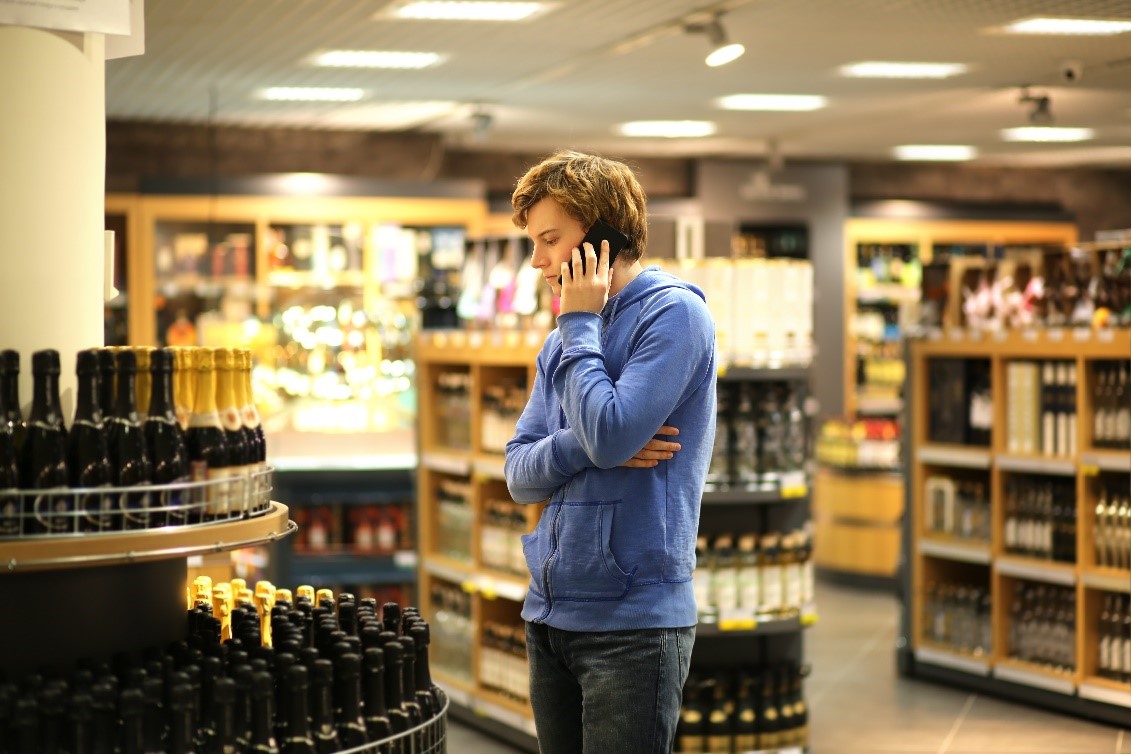According to the last Silicon Valley Bank 2017 Wine Report, Millennials slowly began to replace retiring Baby Boomers as the biggest wine drinkers in the U.S., and will very likely surpass the Gen Xers around 2026, to become the largest wine-consuming demographic.
In order to understand better what Millennials are changing in the wine industry, we first need to look at what drives their purchasing decisions. Millennials are one of the first generations who grew up with new technologies and the emergence of social media. However, their addiction to technology and need for instant results make them tougher consumers to satisfy. They have the choice and the best tools to evaluate options so they want the best product for the price in the shortest amount of time.
Looking into how this consumer behavior applies to the wine industry, it means a complete shift from easy-to-please Baby Boomers to highly-demanding consumers. According to Wine Portfolio Media Group, Baby Boomers are the old-fashioned wine drinkers: they know what they want; good wines from recognized wine regions. They rely on old classics, stick to what they know and what they feel comfortable with. On the other hand, the new generation follows trends, wants to discover new world wines, new varietals and fall for what a specific wine represents. They want the “story behind the wine” in order to share it across social media platforms. They are redefining the wine industry, which used to rely on traditions, classifications and scoring systems to ensure success and seduce consumers. As a result, Millennials leave winemakers and retails no choice but to adapt how they produce, market and sell their wines to fit this new generation demand.
More precisely, Millennials are conscious of the impact of environmentally friendly initiatives and will prefer brands which are engaged in such actions. More than any other generation, they are aware of what they put in their body. According to The Wine Gallery, over the past decade, natural, organic, biodynamic and vegan wines have started to appear more and more in wine shops around the world, and an increasing number of wineries and vineyards have started to turn their farming techniques over to natural methods.
In addition, Millennials want the best quality but do not seem to be ready just yet to compromise on price and invest in high-priced wines. Therefore, even prestigious wineries have to make sure to offer accessibly-priced wines in order to attract consumers not yet ready to make bigger investments. One of them is Ornellaia with their entry-price wine; Le Volte Dell’Ornellaia. Their flagship wine, Ornellaia, is one of the original “Super Tuscans” from Bolgheri on the Tuscan coast, which has gained worldwide recognition over the years for Bordeaux-style blends. At $240 per bottle, it can be out of reach for many, though, making Le Volte a perfect alternative for young drinkers interested in fine wine but not yet in a position to spend hundreds of dollars on a bottle.
More than just obsessed with price and quality, Millennials are interested in the story behind the wines as much as the wines themselves. To differentiate themselves from other wineries on shelves, vintners now need to make sure that their brand message is in line with their winemaking philosophy. They need to tell a story about their winemaking. One way is to engage themselves into social or cultural initiatives. Frescobaldi per Gorgona, a social reform project born of the collaboration between Frescobaldi and the Gorgona penal institute, is a great example of socially engaged wineries. The Frescobaldi agronomists and oenologists have been working with the prisoners since 2011, offering them skills in vineyard cultivation and winemaking which they will be able to use to build a new future.
Finally, wineries and wine sellers have to shift the way they market and sell their wines to meet Millennials where they spend the majority of their time: in the digital world. This means making their wines available online but also on phone applications and allocating enough budget to online advertisement. Today, beyond just “being available online,” wineries need to have an identity on social media. According to the Gallo Wines Trend Survey, it has been proven that Millennials are more likely to buy from a winery that they heard about on social media (such as a bottle that has been tasted on Instagram by their favorite influencer).
Baby Boomers are still the dominant consumers of wine, but Millennials are a growth cohort to monitor for the future of the wine business, revolutionizing one of the most traditional industry and forcing winemakers, importers and wine sellers to face many challenges.


